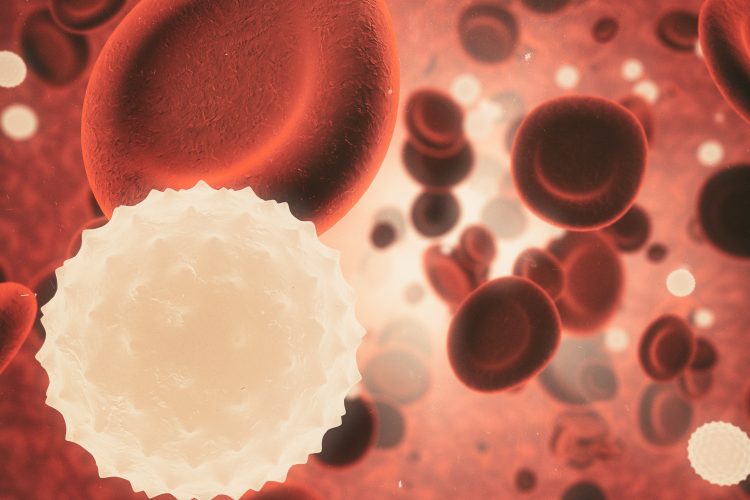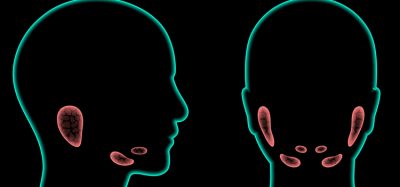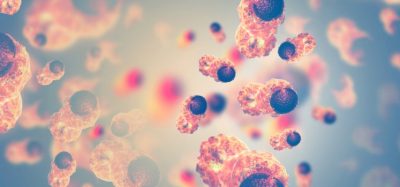Vitamin B1 + glucose: a new combination approach to tackling sepsis
Posted: 6 August 2025 | Drug Target Review | No comments yet
Scientists at Ghent University have discovered that a simple combination of vitamin B1 and glucose could drastically improve survival in sepsis – a life-threatening condition responsible for millions of deaths each year.


Sepsis – commonly known as blood poisoning – is one of the world’s deadliest medical conditions. It is the body’s uncontrolled reaction to an infection, where the immune system not only attacks the pathogen but also damages the body’s own tissues in the process. This often leads to failure of vital organs such as the heart, lungs, liver and kidneys. Patients also suffer from an excessive build-up of lactic acid in the blood, contributing to rapid declines in blood pressure – which can often prove fatal.
Each year, sepsis affects 49.5 million people and claims 11 million lives worldwide. Despite its high mortality rate, there is still no targeted treatment available.
Vitamin deficiency causes an energetic blackout
Now, research from the VIB-UGent Center for Inflammation Research provides a potential solution. The study, published in Cell Reports, reveals that a combination of vitamin B1 (thiamine pyrophosphate, TPP) and glucose may significantly improve survival in sepsis.
Biomarkers are redefining how precision therapies are discovered, validated and delivered.
This exclusive expert-led report reveals how leading teams are using biomarker science to drive faster insights, cleaner data and more targeted treatments – from discovery to diagnostics.
Inside the report:
- How leading organisations are reshaping strategy with biomarker-led approaches
- Better tools for real-time decision-making – turning complex data into faster insights
- Global standardisation and assay sensitivity – what it takes to scale across networks
Discover how biomarker science is addressing the biggest hurdles in drug discovery, translational research and precision medicine – access your free copy today
In 2021, the same research team demonstrated that lactic acid builds up in sepsis patients because their bodies cannot clear it effectively
In 2021, the same research team demonstrated that lactic acid builds up in sepsis patients because their bodies cannot clear it effectively. Under normal conditions the liver processes lactic acid – but this process shuts down during sepsis – leading to dangerous levels in the blood.
The new study discovered why lactic acid is produced in such high quantities. The answer is in a deficiency of vitamin B1 within mitochondria – the cell’s energy source. This deficiency prevents pyruvate from being converted into energy – forcing it to turn into lactic acid instead.
“For the first time, we’ve been able to show that the problem in sepsis is not so much a lack of oxygen, but a fundamental biochemical defect caused by vitamin B1 deficiency,” explains Louise Nuyttens, lead author of the study. “This shuts down the entire energy network in the body and creates a vicious cycle of lactic acid production and organ damage.”
An effective treatment for sepsis
The researchers tested whether administering vitamin B1 could restore energy metabolism. In mouse models, vitamin B1 treatment drastically reduced lactic acid production and improved survival rates. The results became even more promising when vitamin B1 was combined with glucose.
“Although it seems logical to give severely ill patients extra glucose, this often leads to more lactic acid production, which is undesirable in sepsis patients,” explains Louise Nuyttens. “Thanks to vitamin B1, however, we were able to reprogram glucose metabolism. Glucose was safely converted into pyruvate and then into energy, rather than into toxic lactic acid.”
“The results are truly spectacular,” says Professor Claude Libert, Professor at Ghent University. “In our severe sepsis animal models, nearly all mice survived with the combination of vitamin B1 and glucose. This is one of the most powerful metabolic interventions we’ve ever seen, acting on very simple mechanisms that make it quickly translatable to intensive care.”
The next steps forward
These new insights could guide us toward a globally applicable therapy for sepsis – a condition as deadly as heart attacks or strokes but far less recognised.
However, the researchers caution that more is needed. While the mouse studies show strong results, clinical application in humans will require additional testing.
The Ghent research team now plans further preclinical studies in larger animal models to determine whether the vitamin B1 and glucose combination is effective in treating advanced sepsis.
Related topics
Animal Models, Disease Research, Drug Development, Drug Discovery, Drug Discovery Processes, Mitochondria, Therapeutics, Translational Science
Related conditions
Sepsis
Related organisations
the VIB-UGent Center for Inflammation Research








